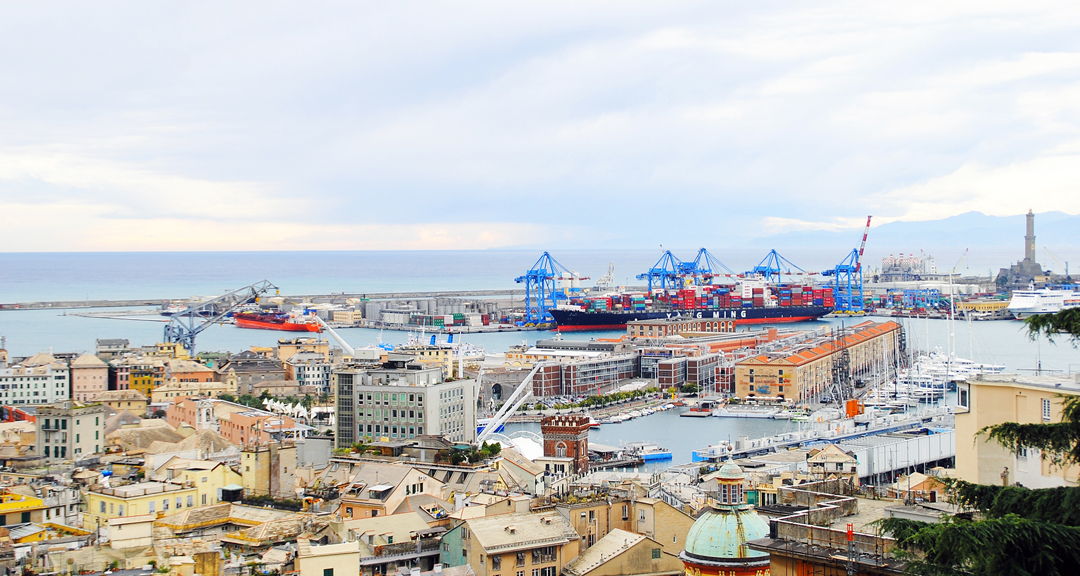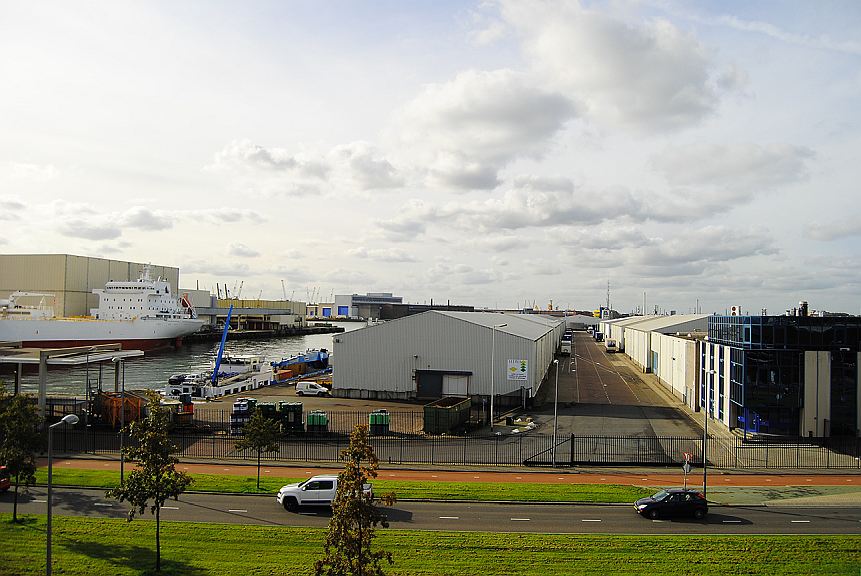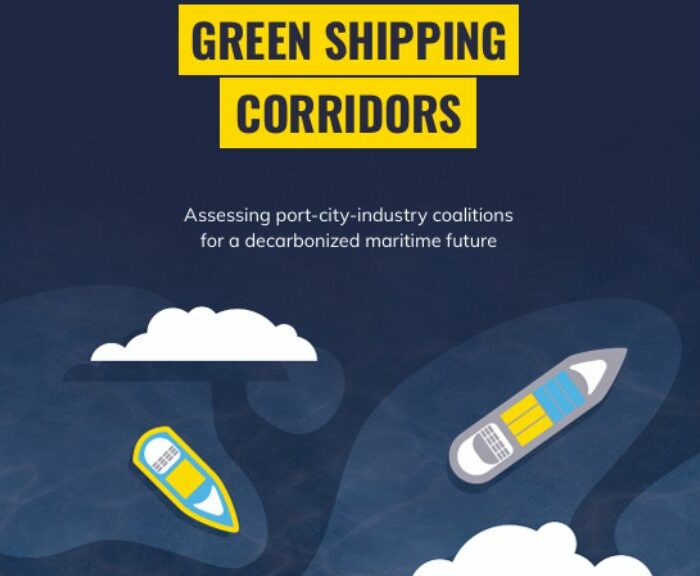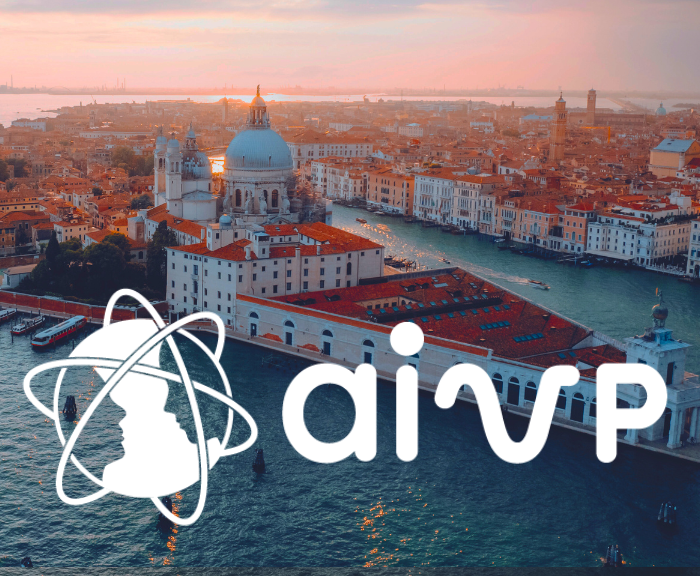We invited Dr. Zaheer Allam to comment the discussion on the 1st webinar of AIVP “How to Plan Waterfronts After Covid-19?”. In this article, he raises new points to be taken into consideration for the economic recovery plans and the effects the Corona-Crisis may have on waterfront areas. Zaheer also emphasizes how this moment is as well an opportunity to reflect on dominant principles for waterfront planning, such as the application of smart tech, and to reconnect these areas with local inhabitants. The article is an invitation for AIVP members to continue the brainstorming and improve the port-city relationship.
Dr. Zaheer Allam is member of the Network of Experts of AIVP
As the epicentre of the coronavirus followed the sun-path from east to west, global supply chains grappled with subsequent tremors. First China, the world’s manufacturing power, was placed on lockdown, cutting not only the world from a steady supply of goods -never uninterrupted in the last few decades, but also led to a demand-supply crisis within the country itself. With a series of regional subsequent lockdowns, factories scrambled production feasibilities and had to re-evaluate/re-invent themselves to serve demand locally -being more pressing, while also preparing for global backlog orders. Second, as the virus started migrating in the following weeks and months, other nations instituted lockdowns which coincided with the ‘de-lockdown’ of Chinese cities. Now that China could resume production and supply, the demand market was frozen. In a few years, university students studying supply chains will resume this succinctly as being a case of a supply shock superseded a demand shock. The reason? Globalisation led to centralised nodes of production, now being seen as non-resilient in the long term.
The impacts of the coronavirus are not temporary as they have had far reaching consequences on the global political and economic landscape. Port cities, being the mediator between global supply chains and local ones and a conveyor of jobs and liveability for its residents and users, are directly concerned and have already entered in re-structuring of not only protocols and resources, but also in re-evaluating their future roles in economy and society.
One key role of port cities, often under evaluated is that of its role in stocking products, for later being dispatched either in bulk, or parts to selected destinations. The coronavirus highlighted this role perhaps more than ever. With China on lockdown, we saw images of people rushing to supermarkets, with even reports of fist fights in certain isles. The strain of products led to global worries of food shortages, including items like toilet paper -which has now equated to have being a psychologically-driven demand rather than needs-driven. While a few months of ‘break’ from the supply chain may seem minute on the grand scale of things, this has deep consequences. For example, half of the food consumed in the UK comes from overseas, requiring a subsistence on imports, and port storage. This not only underlines the fragility of the system, but also interestingly how the disruption impacted differently in terms of demand needs in varying jurisdictions, but similarly in terms of logistics. Increasing demand meant that ports had to keep plans to keep freight moving across the ground to serve supermarket shelves.
However, the cost of warehousing can be expensive, and as trust-based platforms riding on globalisation and consumption patterns were established, the need for more effective and cost-saving systems were established. One of such is the recent advent of ‘just in time’ manufacturing where factories and companies do not store specific products to keep production lines moving, resulting in an increased dependence on a smooth flow in the supply chain, even if suppliers are located thousands of kilometres away. While this system is more effective economically -save from the virus, its robustness is being questioned, in the favour of more resilient systems.
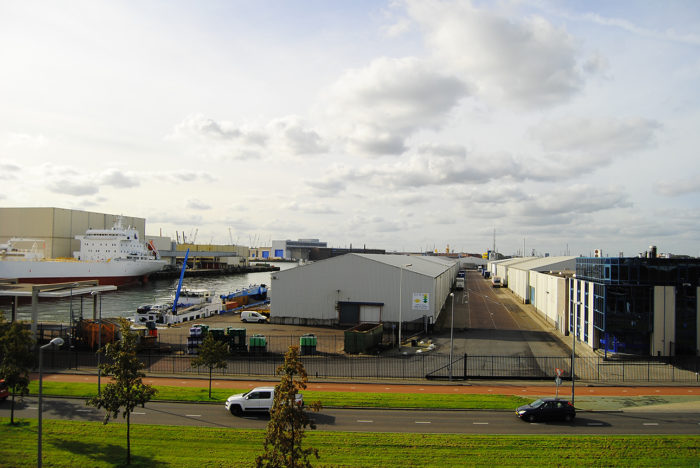
Faced with empty supermarket isles, global debates arise as to the fragility of our global supply chain and the need for self-sufficiency and there are strong arguments in this direction. Decentralised food systems can yield far better environmental benefits with a sharp reduction in food waste and Greenhouse Gas (GHG) emissions. However, convincing a world -where 80% of (?) relies on imported food, to convert to domestic production does not come without its challenges. First, production efficiency would not be the same everywhere due to seasonal variations and terrain suitability. Secondly, local disruptions can render communities extremely vulnerable to climate, like in the case of cyclones, monsoons, or drought, leading to harvest loss. So, even if the global trend seems to rightly point towards local production, it may be safe to assume that a degree of dependence to international food trade will always persist in the same of resilience and price stability.
A shift to local productions will impact on the economic role of port cities to some extent but will not undermine its important role to communities. With the world being increasingly urbanised, and demand for goods rising (albeit the proportional demand for local production), activities are expected to resume.
This is interesting where the immediate need for warehousing during the pandemic, to cater for nations’ need for stockpiling, is felt. Developers are also expected to respond to this demand with built constructions in, and around port cities and logistic hubs. But what happens after the pandemic where the need for such spaces are longer required? The quick reaction by countries to stockpile will rapidly be replaced by economic recovery mechanisms supporting local production, reducing warehousing needs. Port cities will need to plan ahead to ensure flexibility and adaptability of structures for multiple needs.
The AIVP discussion on the 4th June raised an interesting thematic in this sense, where port cities do not cater only for logistics, but also for its community providing this service. Often, this community tallies to a population of hundreds of thousands of people, who travel long distances to commute to work. There have been long debates on how to better integrate ports to their neighbourhood, and how re-structing of legislation can help to more effectively separate custom areas with others without the need of hefty and threatening security. Perhaps, the future port managers looking at driving post-pandemic plans can provide a solution of how to convert the reducing need in warehousing space to thriving inclusive communities for the people serving the port.
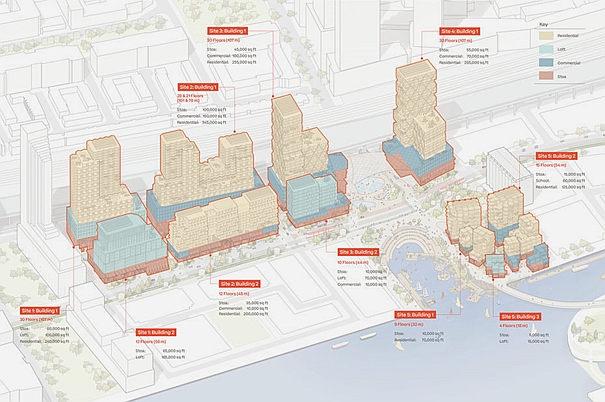
The recent waterfront case of Toronto offers an interesting precedence in this regard, where Sidewalk Labs, an Alphabet Company, announced it was no longer pursuing its ‘Quayside Project’ (in development since 2017), quoting market uncertainties; emphasized during the coronavirus outbreak. This was well received by residents of Toronto which previously raised concerns as to the privacy issues linked to the high-tech aspect of the project. While Smart Cities are not new, we notice its slow adoption and the need for democratisation of knowledge and wealth to encourage a larger and wider adoption. With the urgent need to secure savings and increased efficiency, the role of technology will be emphasised in port cities. This cannot be avoided. The implementation of such technologies will however need to be carefully unpacked to ensure that appropriate legislations are provided that prevents external oversight on data and prevent market monopolies, as was the case in Toronto.
Additionally, the coronavirus brought with it concerning unemployment figures, amounting to -at the time of writing, to 40million in the United States alone. With severe economic shocks, the recession we just entered has been equated to that of the Great Depression, and many economists are not reviewing this assessment. For the United Kingdom, the last time the economy had such stark indicators was in 1706, when Queen Anne was on the throne. So, while the world grapples with economic recovery, we must also look at how to engage in such discussions in an inclusive fashion to ensure that we can create jobs, protect the diversity that is inherent to port cities, and provide capacity building for transitioning industries.
Numerous studies, sporting hedonic models for waterfront development, reveal higher pricing for waterfronts. Save for select areas prone to regular floods, this is common in most countries, and particularly relevant for port cities. However, waterfronts have often been areas of high-end products, supporting a lifestyle beyond the reach of people working there, highlighting deep rooted social and economic inequalities. With the recovery period of this recession expected to extend well over a year, the aspect of building affordable housing may not be enough as it will have to be accompanies by cohesive fiscal policies looking at the ecosystem scale; supporting a frictionless supply chain, decentralisation of networks, and democratisation of wealth and technology. Through those, a non-linear urban economic perspective unfolds, providing not only a more equitable landscape, but also one that provides emerging opportunities to its residents and small businesses, leading to more local competition and growth -adding to local diversity.
Faced with long term changes as to our global and local supply chains, and economic uncertainties, we need to act decisively and with tact. On this, the covid-19 perhaps provides us with an opportunity to re-think our waterfront future, and an opportunity to provide new and more cohesive models in the name of safer, more sustainable, inclusive and resilient port communities.
